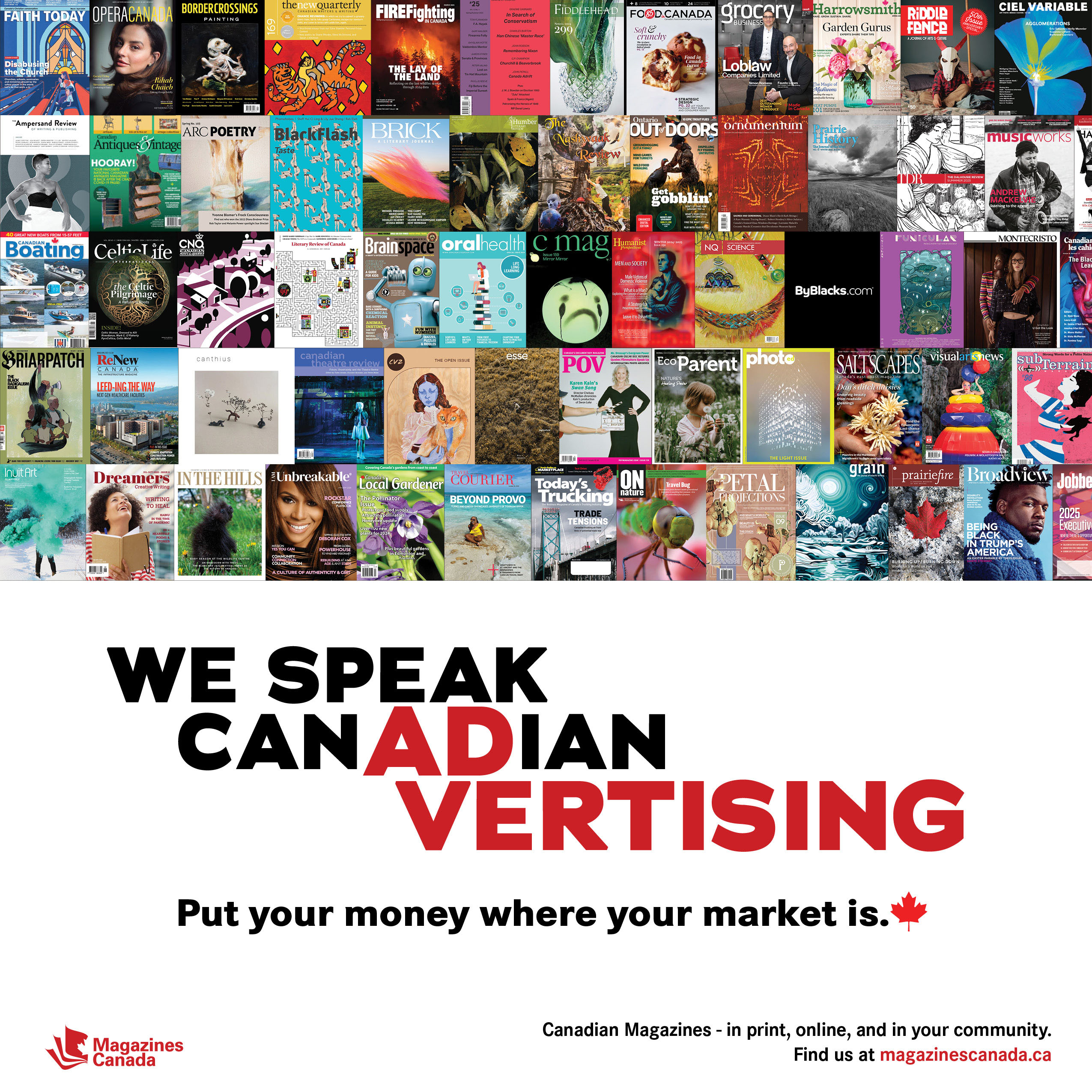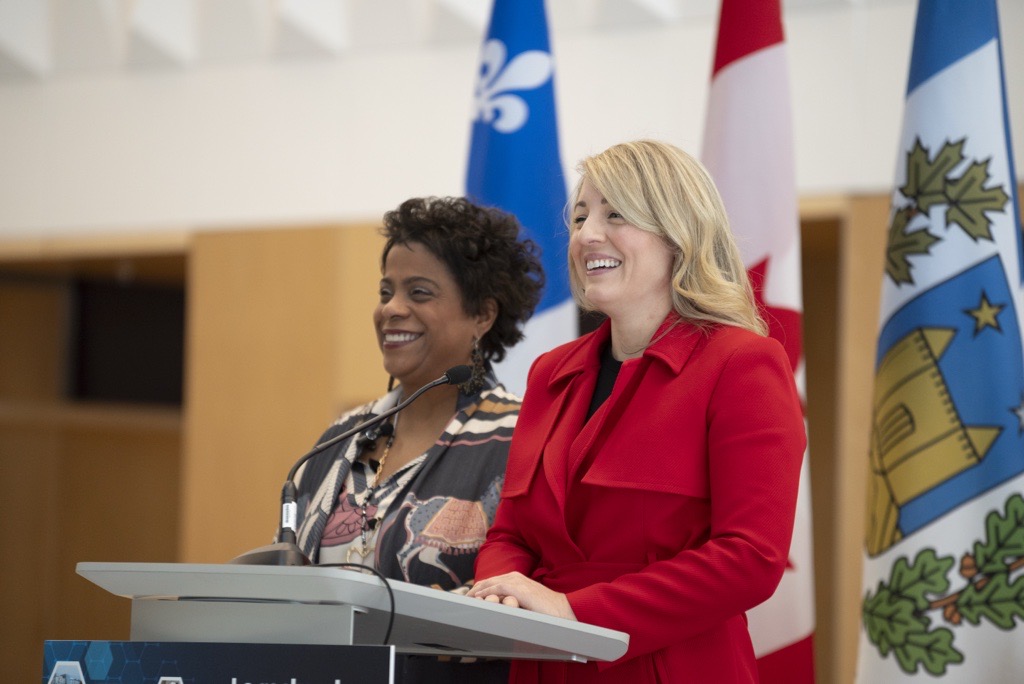Holy Eureka, Batman!
How academics are using comic strips to share their research

Wrestlers jumping out of a helicopter. A political PR whiz back from the dead. A polar bear nursing a hangover. Humour animates every panel of the comic strip co-authored by Jamie Michaels, a doctoral student in creative writing at the University of Calgary, and Jean-Frédéric Morin, an environmental policy researcher and professor at Université Laval’s Department of Political Science. Yet, their story about forest management, climate politics, wildfire sociology and ecology was published as a scientific article in the open-access journal Earth System Governance.
The 17 panels were subject to peer review, a core principle of the scientific method. “Everyone, from the publisher to the editorial board and reviewers, was taken aback by the proposal,” says Dr. Morin. Though the journal prides itself on being interdisciplinary, the graphic-novel-style story turned its entire editorial process upside down. “Should there be footnotes? Which font to use? What about search engine optimization? In short, we broke the mould,” he says.
Cartooning also found its way into the thesis of Émilie Tremblay, a doctoral student in communication at Université du Québec à Montréal, Ms. Tremblay’s thesis, which she plans to submit later this year, looks at the experiences of medical technologists who analyze biological samples in diagnostic labs. To communicate her findings, she created a character called Ms. Pipette. The pipette is a common lab instrument. In her thesis, Ms. Tremblay uses it to illustrate the dynamics of change.
“Labs are often reorganized without consulting all the people who work there,” says Ms. Tremblay, a former lab technician. Pipettes for routine testing end up being laid out according to the ergonomic needs of certain employees, at the expense of people working on other teams. “This example came into my mind one day when I couldn’t write anymore and started drawing instead. From that moment on, I decided to illustrate key passages in my thesis,” she says.
Nothing new under the sun?
It’s not surprising that comic strips have caught the attention of academics, as a slew of graphic novels about the sciences have come out in recent years. In 2024, the Presses de l’Université de Montréal launched a collection of scientific comic strips. The genre is a hit in France with books like Le Monde sans fin (World without End). That said, it’s far less common for comic strips to be used for peer-to-peer communication in the halls of academe, outside the realm of popular science aimed at the general public.
However, Audrey Groleau, a professor at Université Laval’s Department of Teaching and Learning Studies, notes that “this trend has been gaining traction with the release of graphic novels like Toxic, published by the University of Toronto Press.” Dr. Groleau, whose expertise lies in science and technology education, isn’t surprised to see a comic strip appearing in a science journal like Earth System Governance. “Comics are great for explaining complex phenomena, like feedback loops, as is the case here,” she says.
That view is shared by Isabelle Arseneau, a professor with the Departmental Unit of Science Education at the Université du Québec à Rimouski, who focuses on scientists’ involvement in social issues. “Graphic novels are intended for all kinds of audiences, including experts,” she says. “The illustrations don’t dumb down the message — they reinforce it by showing the content from a different angle.” In Dr. Arseneau’s view, this “powerful communication tool” takes the discussion a step further, enriching collective debate.
The comic strip in Earth System Governance has helped Dr. Morin to make connections at the Canadian Forest Service. Based on comments he’s received since the story came out last June, Dr. Morin thinks most of the readers are “students exposed to the publication by their profs, who saw it in the journal.” He believes that communicating much of the content between the lines helps raise its educational value. “It creates opportunities for rich and lively seminar discussions, for example.”
It’s still science
Despite the genre bending, key aspects of scientific communication remain. After discussing their comic strip with their reviewers, Mr. Michaels and Dr. Morin added an afterword with source citations. It was a compromise that clarified the message while preserving the work’s artistic value. “Even though the comic strip appeared in the journal’s Perspectives section, it was still subject to conventional scientific evaluation standards,” says Dr. Groleau.
Similarly, Ms. Tremblay is using illustrations to complement her written doctoral thesis, not to replace it. “For instance, the medium lets me condense my interviews with medical technologists into case studies,” she says. Her research supervisor strongly supports her unusual approach. “She suggests metaphors and edits my drawings to ensure they’re scientifically accurate,” Ms. Tremblay says.
One thing is clear: using comics in this way helps further dismantle the myth of scientific neutrality. In the first panel of their story, Mr. Michaels and Dr. Morin even have the main narrator introduce himself ironically as a “respectable academic.” “Engaging in this kind of activity within the rigid framework of research certainly serves a transformative purpose,” says Dr. Arseneau. Dr. Groleau adds, “It proves that we academics can produce quality work without taking ourselves too seriously.”
Featured Jobs
- Architecture - Assistant Professor (environmental humanities and design)McGill University
- Medicine - Associate or Full Professor Professor (Kidney Health)Université de Montréal
- Finance - Faculty PositionUniversity of Alberta
- Sociology - Tenure-Track Position (Crime and Community)Brandon University
- Engineering - Assistant or Associate Professor (Robotics & AI)University of Alberta










Post a comment
University Affairs moderates all comments according to the following guidelines. If approved, comments generally appear within one business day. We may republish particularly insightful remarks in our print edition or elsewhere.